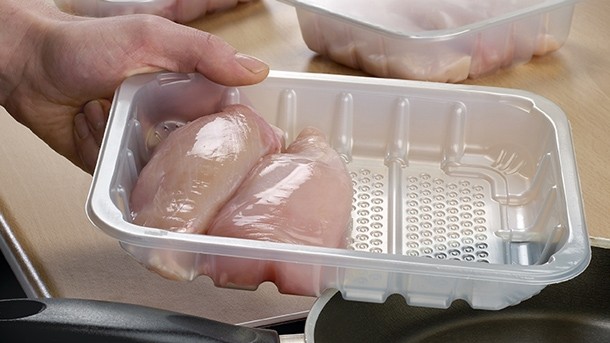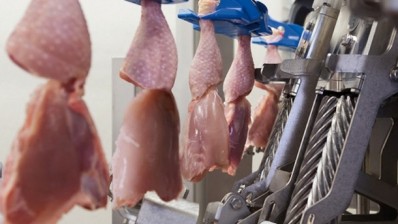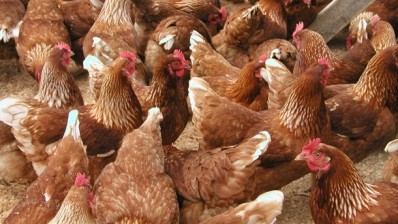Antimicrobial growth led by clean-label

“In the US, the UK and elsewhere, the clean-label movement is a big deal, and packaging can be part of the solution,” said Joice Pranata, a research associate at US-based market intelligence company Lux Research.
“Cost is the biggest single hurdle. Even at a premium, I think the food industry is willing to innovate, but it does depend how much of a premium it is paying.”
She pointed out that the most successful applications have come in fresh or short life foods where even a few days of additional shelf-life can make a huge difference.
“One target category is bakery, where producers are trying to reduce their use of additives including sorbates,” she said.
“One of the drivers for innovation is consumer demand for food that is safe to eat, with the same texture and flavour, but with fewer ingredients and no chemical preservatives,” said Pranata.
‘Consumer demand for food’
Lux investigated 35 active systems from developers around the world, including the Biomaster silver ion technology from Addmaster in the UK.
While most technologies can be used to delay spoilage in a fresh product, Biomaster is used where the supplier is targeting quite specific food safety threats.
The system is currently being used by Linpac Packaging as a polymer additive in its trays for meat, poultry and other protein, although the company stresses that it makes no claims for its packaging regarding shelf-life extension. A spokeswoman said: “Linpac would like to clarify that it does not make any claim about the use of silver ion technology in antimicrobial packaging and extended shelf-life.”
Although the system works well against a range of bacteria, moulds and yeast, including the pathogens E.coli, salmonella and listeria, much of the focus for Addmaster is on battling campylobacter.
Addmaster marketing director Simon Baugh said: “We are very passionate about improving safety for consumers from campylobacter on the outside of chicken packaging.
“We are making progress with retailers and packaging suppliers, driven by Food Standards Agency [FSA] targets.”
Levels of campylobacter
He pointed to FSA figures, which indicated that close to 9M packs of chicken were sold in the UK carrying known medium-to-high levels of campylobacter.
“The use of Biomaster in packaging would remove this risk to the consumer, hence our focus on this market area,” said Baugh.
Among the other technologies examined by Lux was Wasauro allyl isothiocyanate from Mitsubishi-Kagaku in Japan.
This is a compound found in horseradish and mustard that can be integrated into packaging to inhibit the growth of microbes.
It is already in use with packaging for sushi and multi-component meals.
Lux highlighted other active packaging solutions, such as an ethanol vapour generator, which currently rely on sachets but may well be integrated into packaging in the future.















